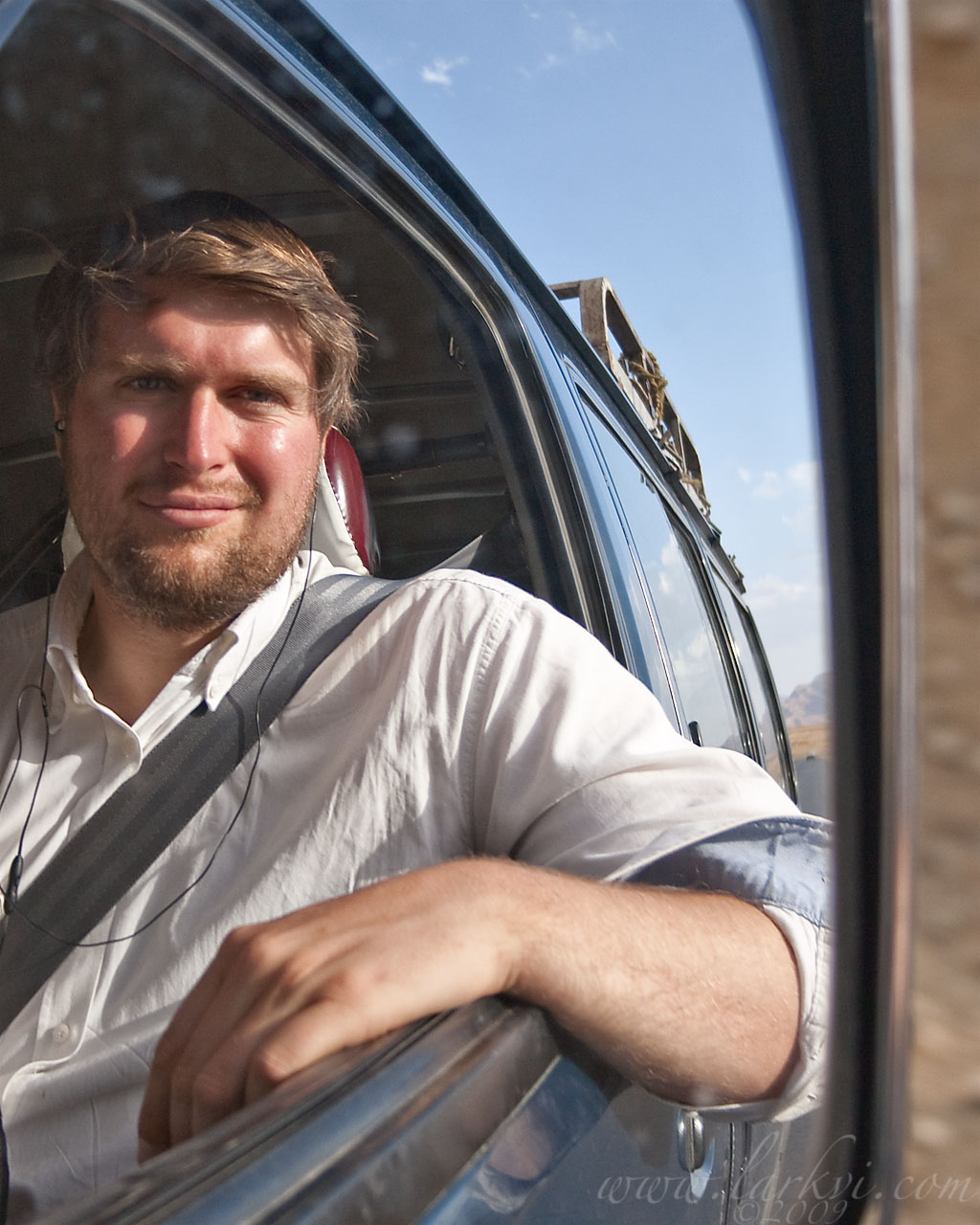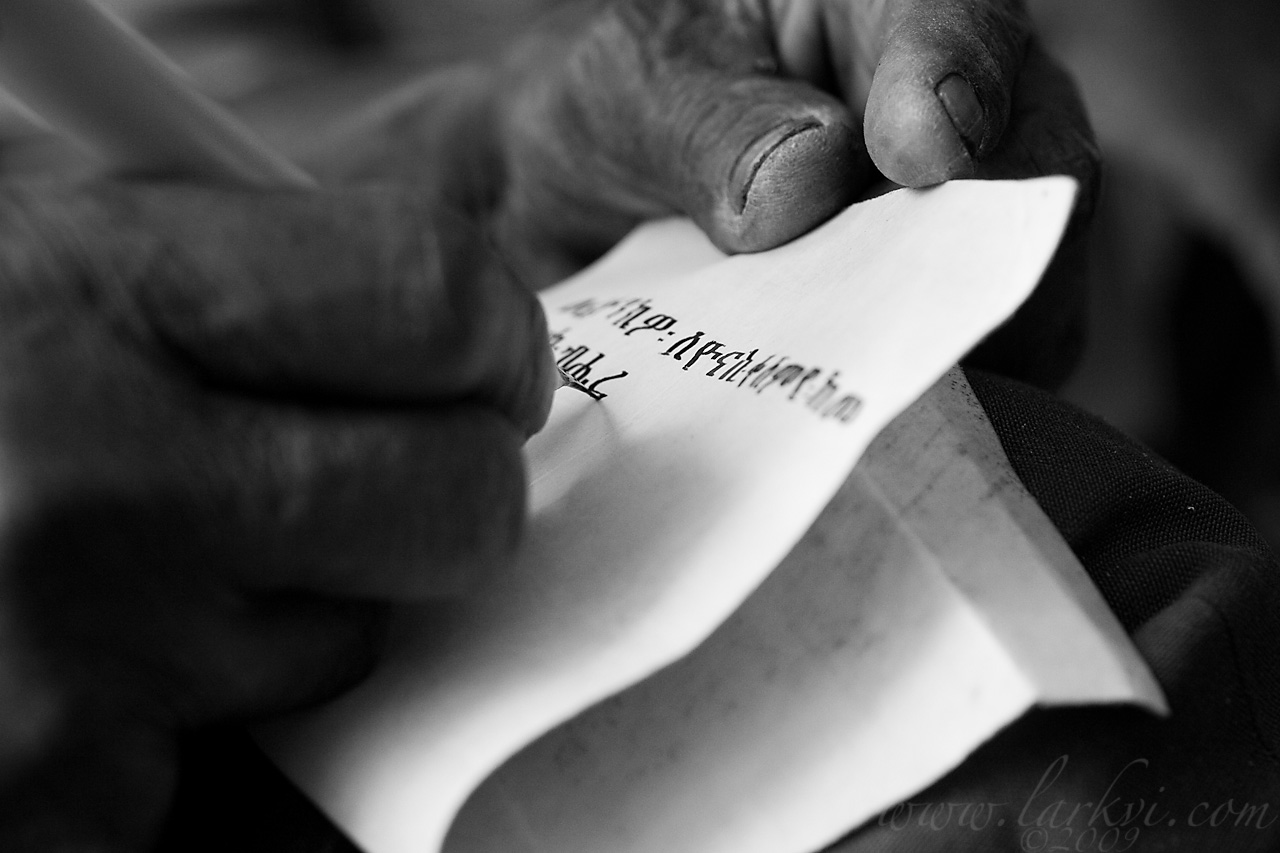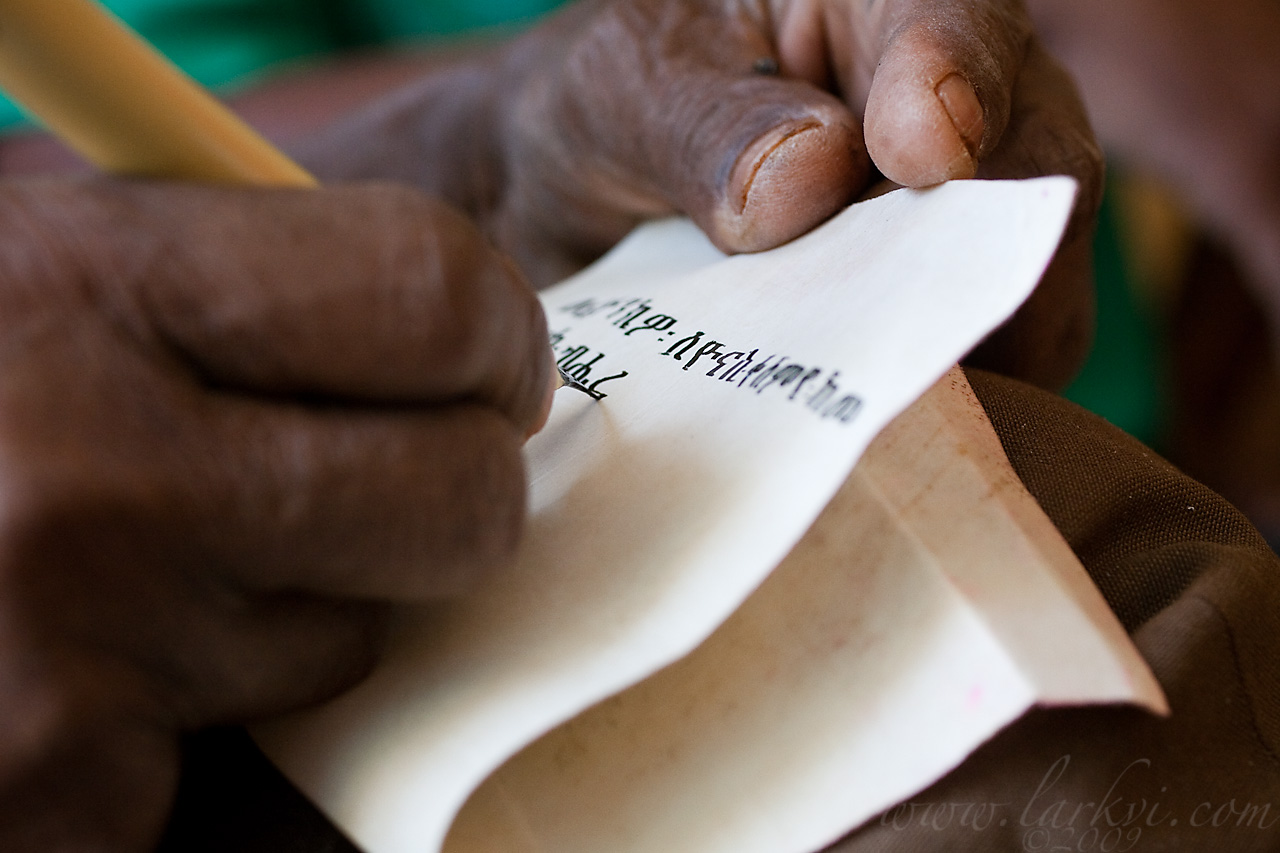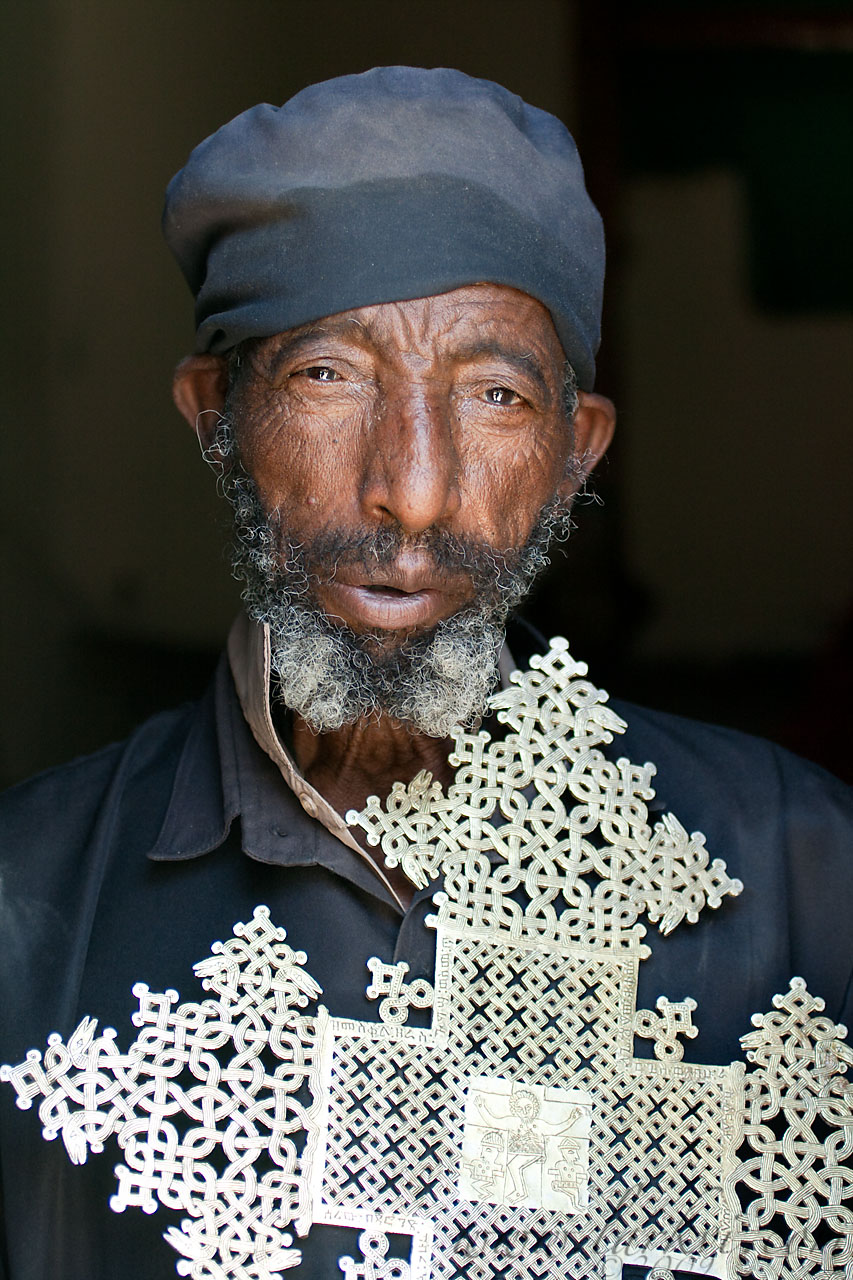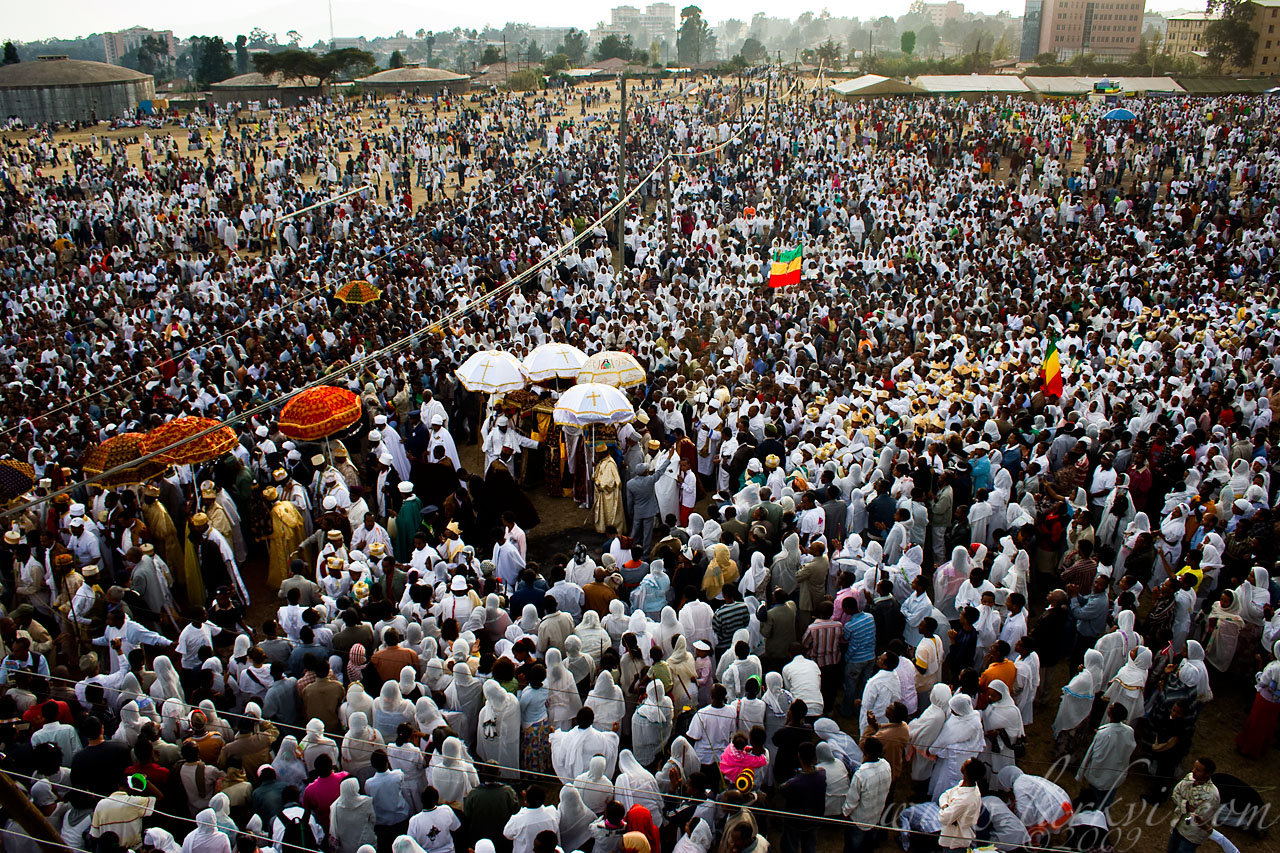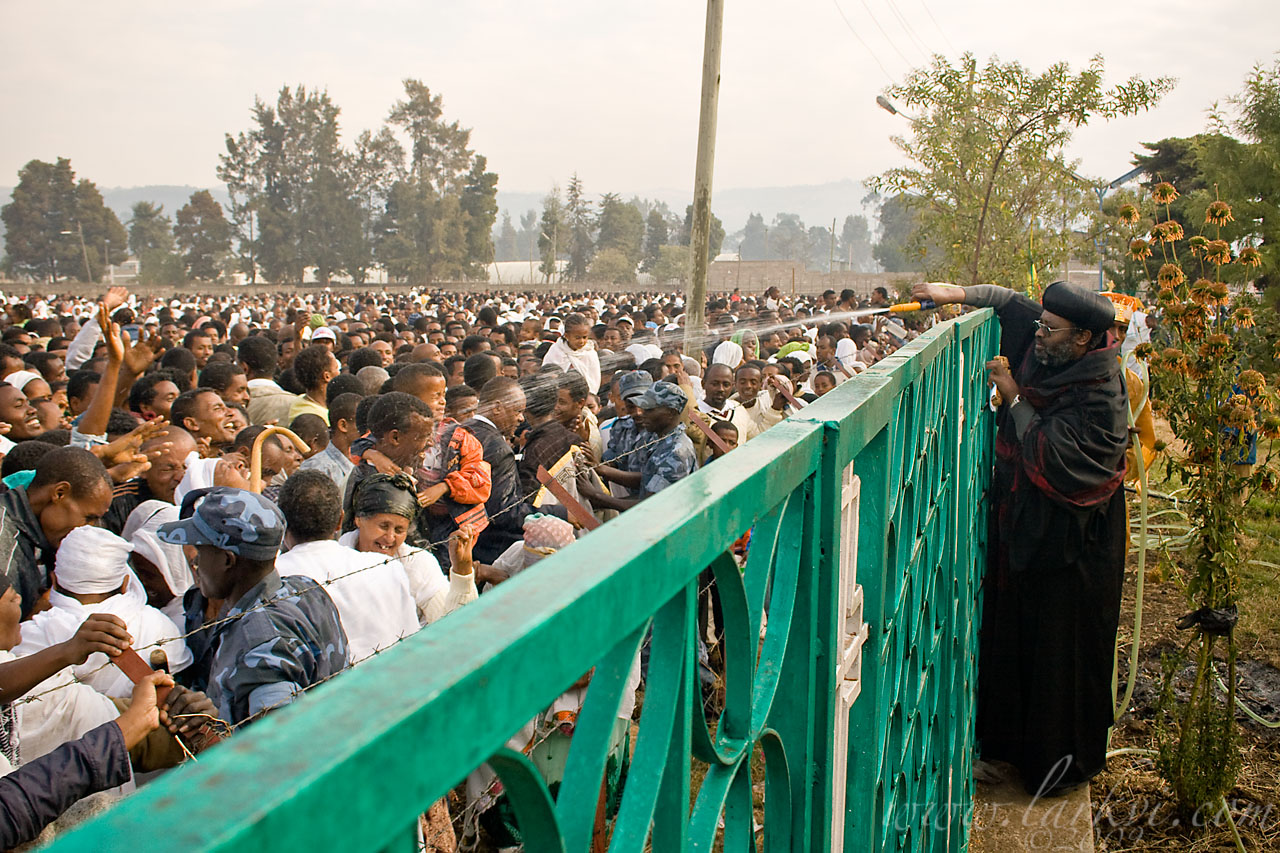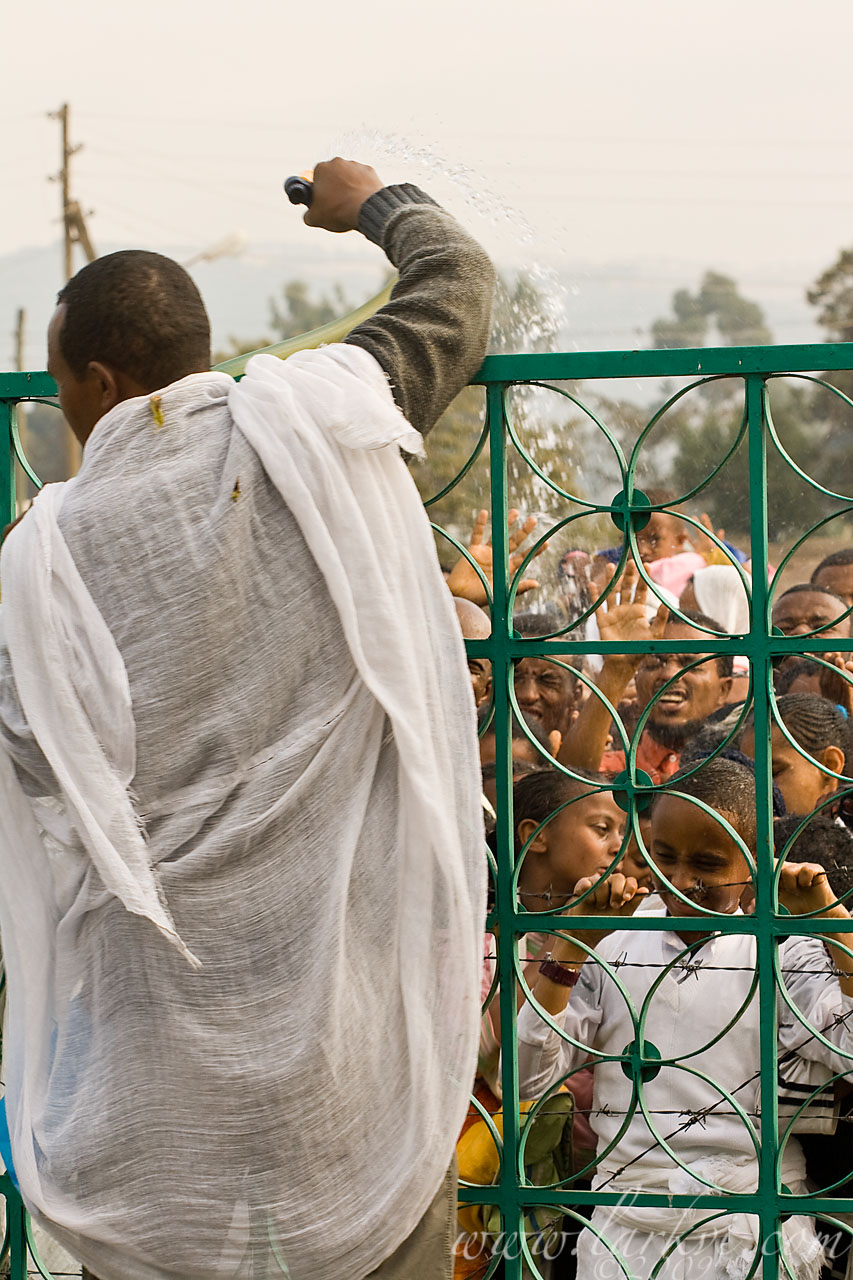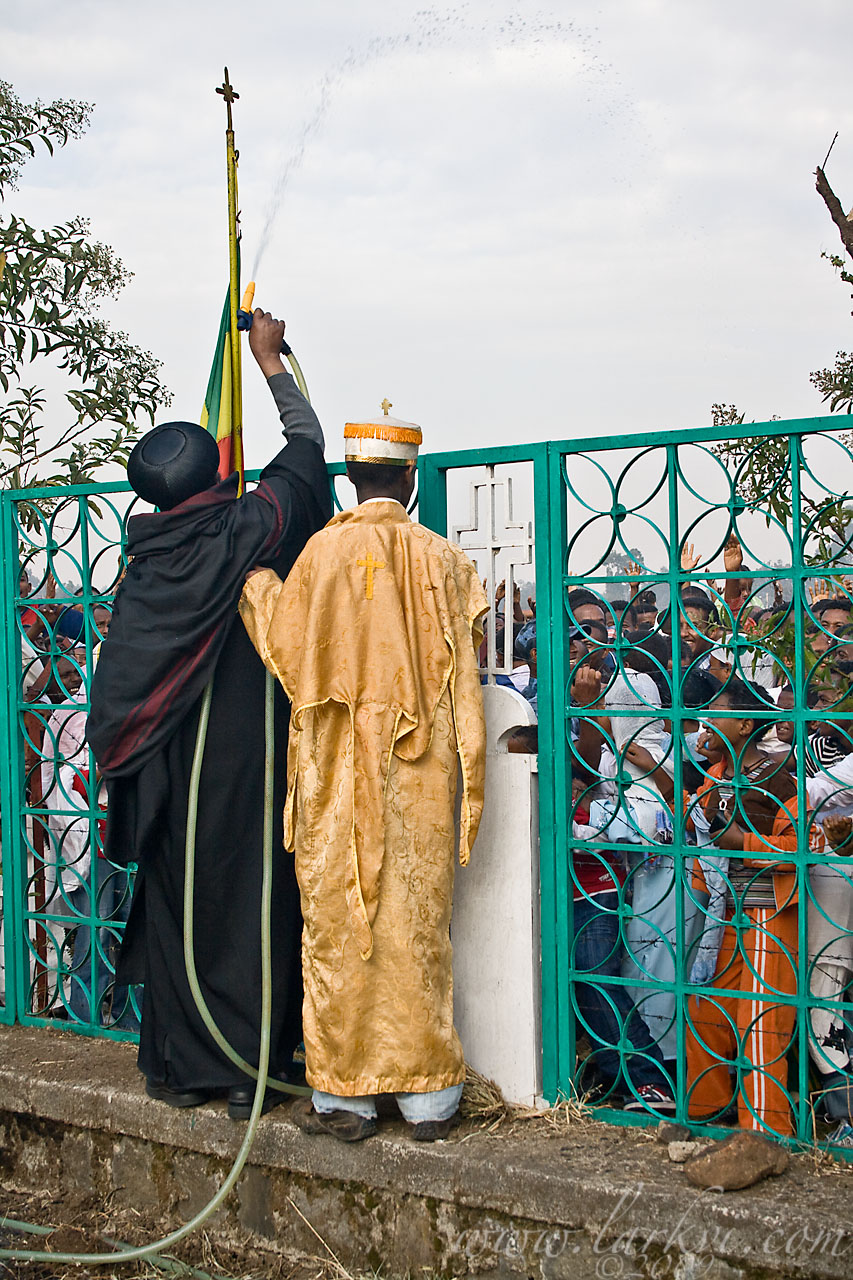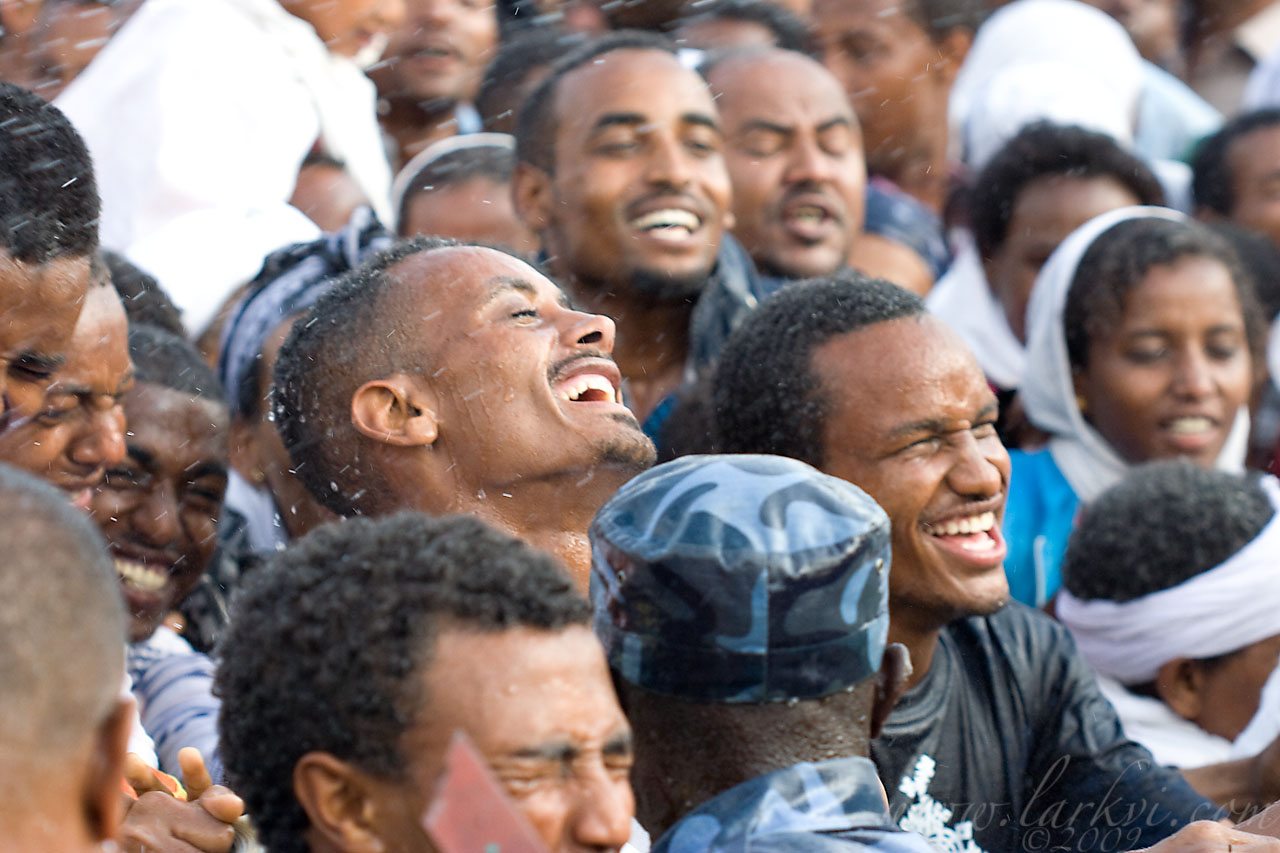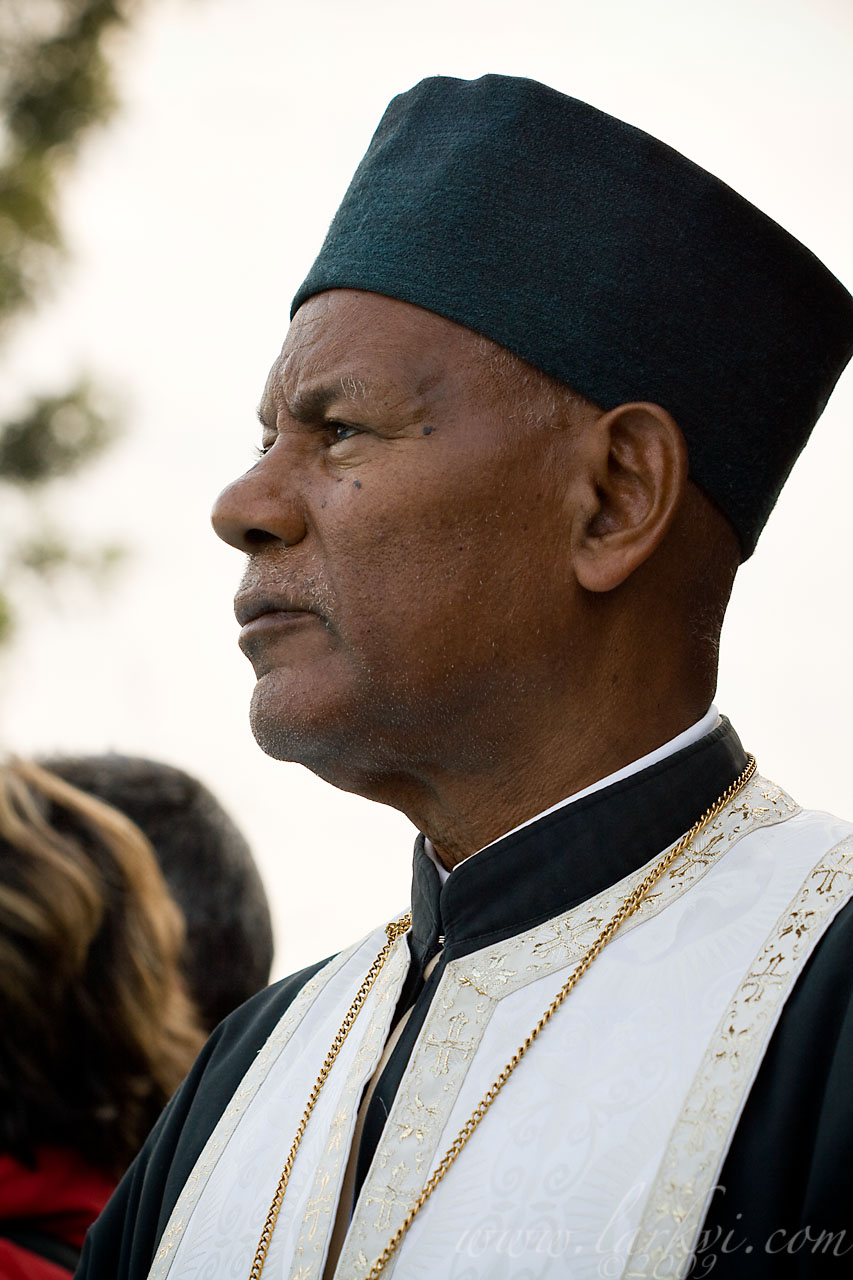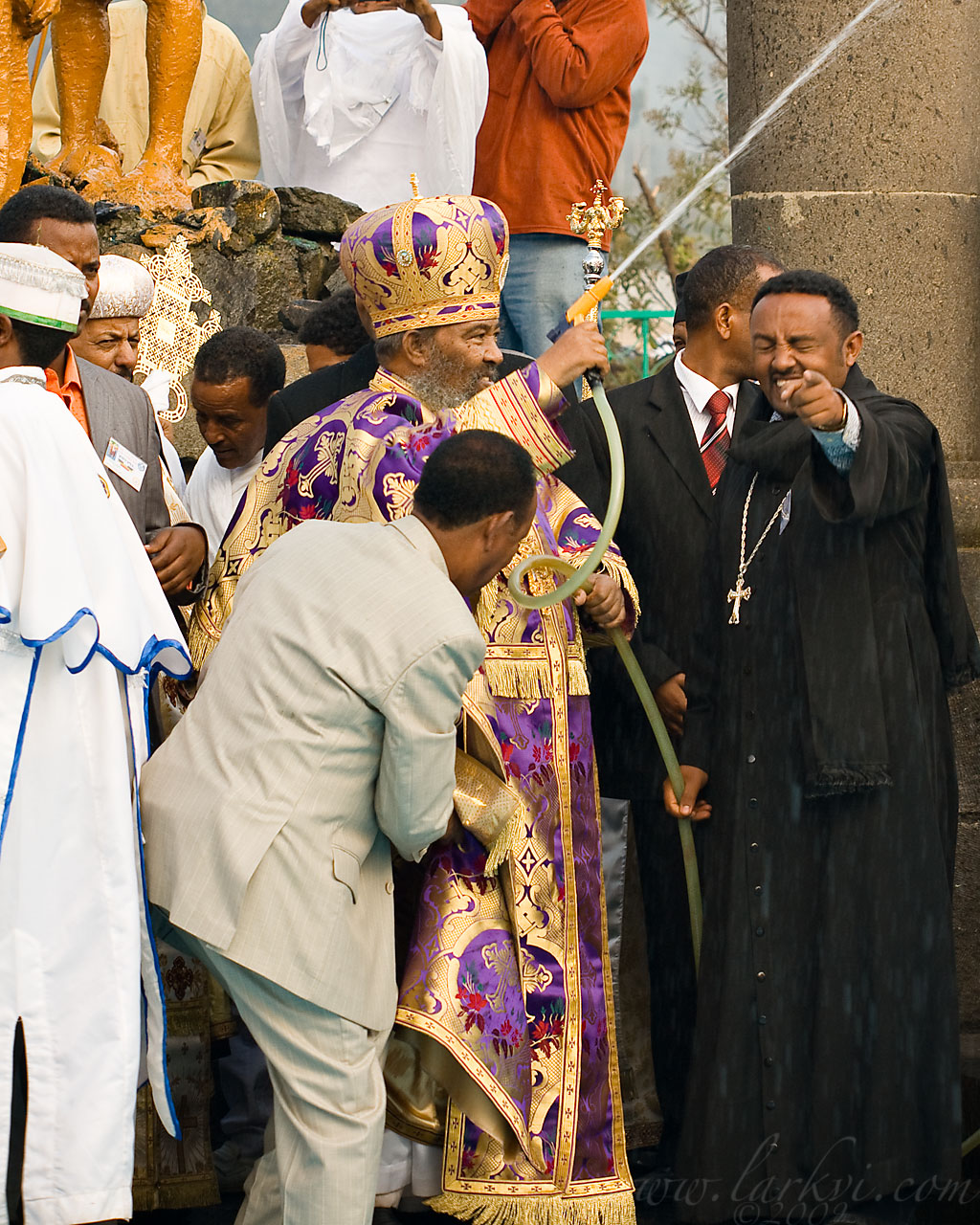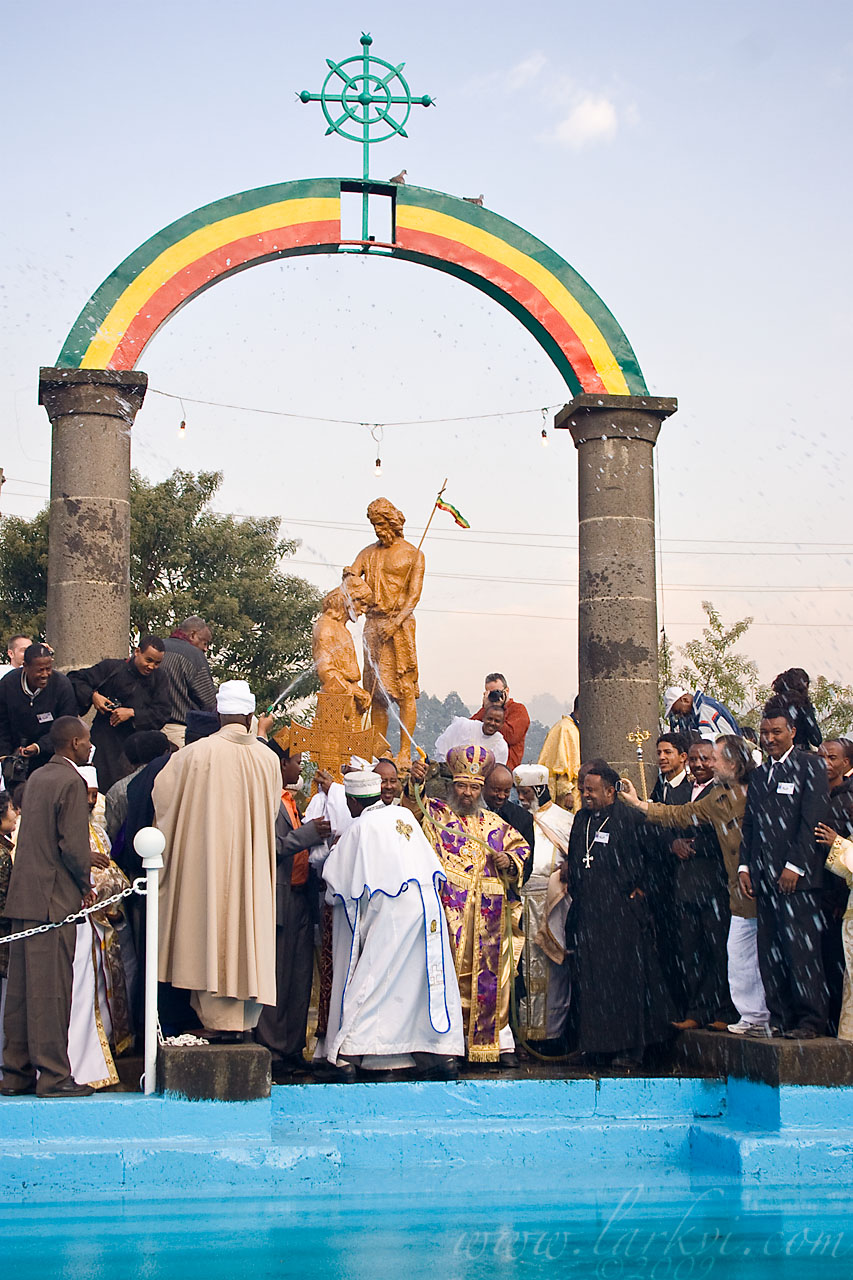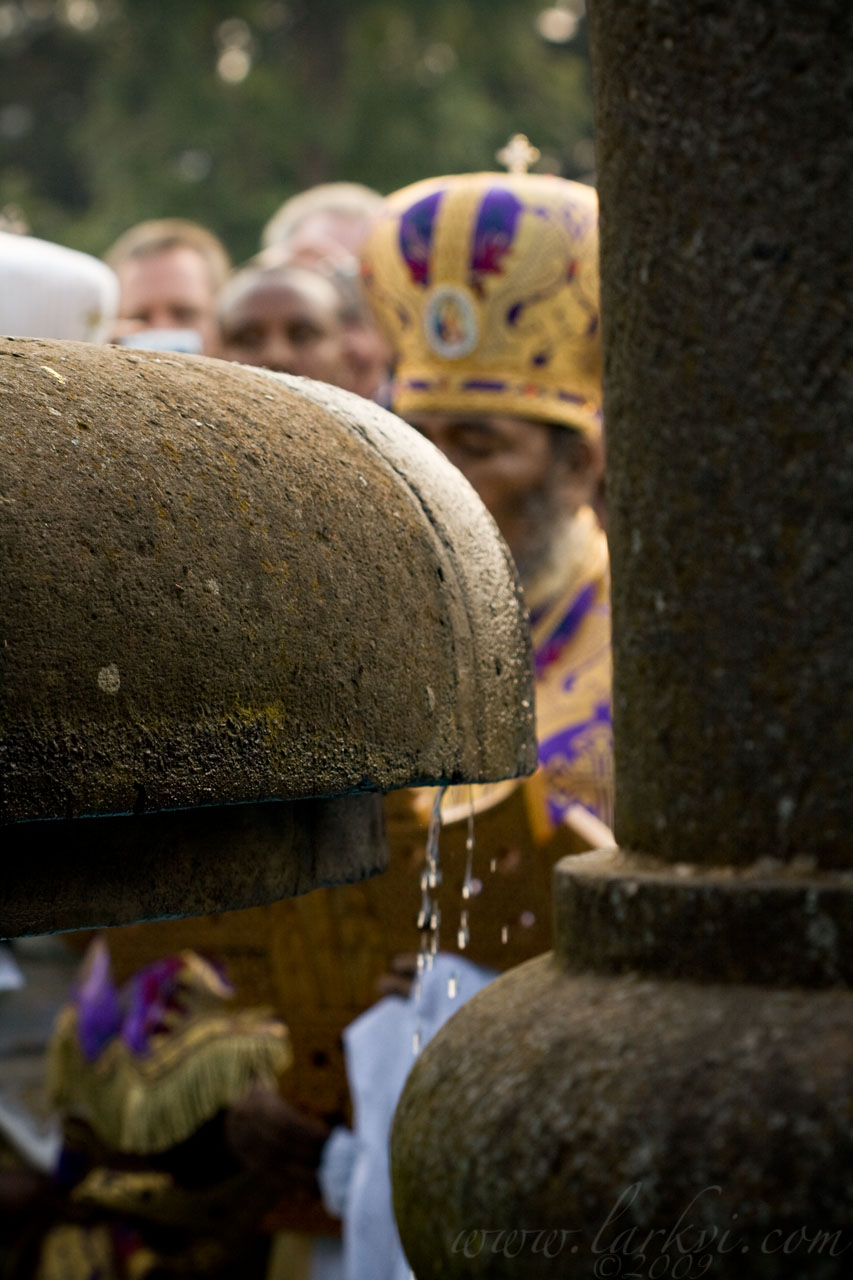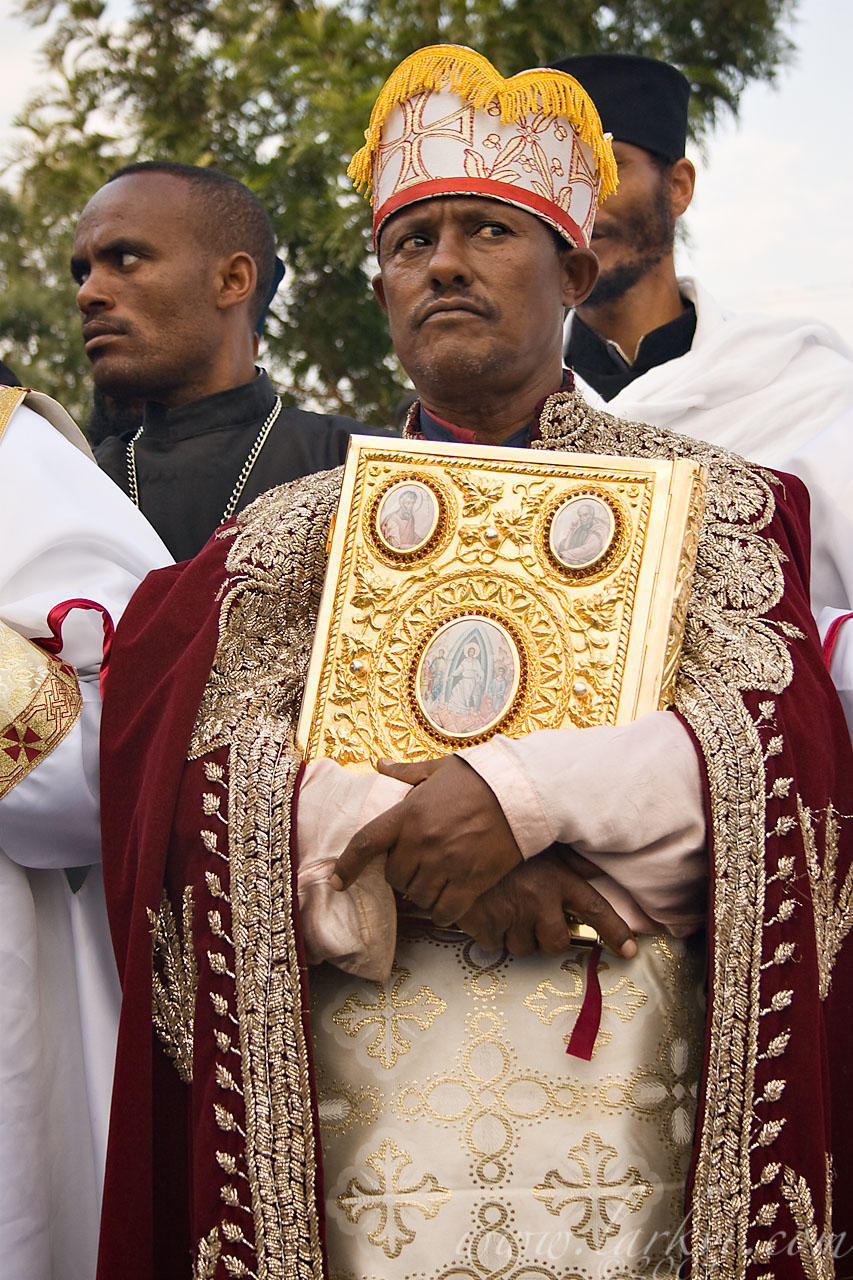Me, sun-burned from a day-trip to Negash and ten days in the harsh Tigrinyan sun, heading back to Mek’ele at the end of the day.
I visited the Negashi mosque and the Bet Ammanuel Maakos (Markos? It’s what the sign says.) Church, which I shall post photos of soon. The headphones are for my iPod, which allows me to listen to iTunesU courses and the Best of CBC Radio’s Ideas podcasts which I downloaded when I still had fast internet. If you are traveling (or even if you aren’t)–I highly recommend both as a great way to pass large blocks of time while educating oneself.

